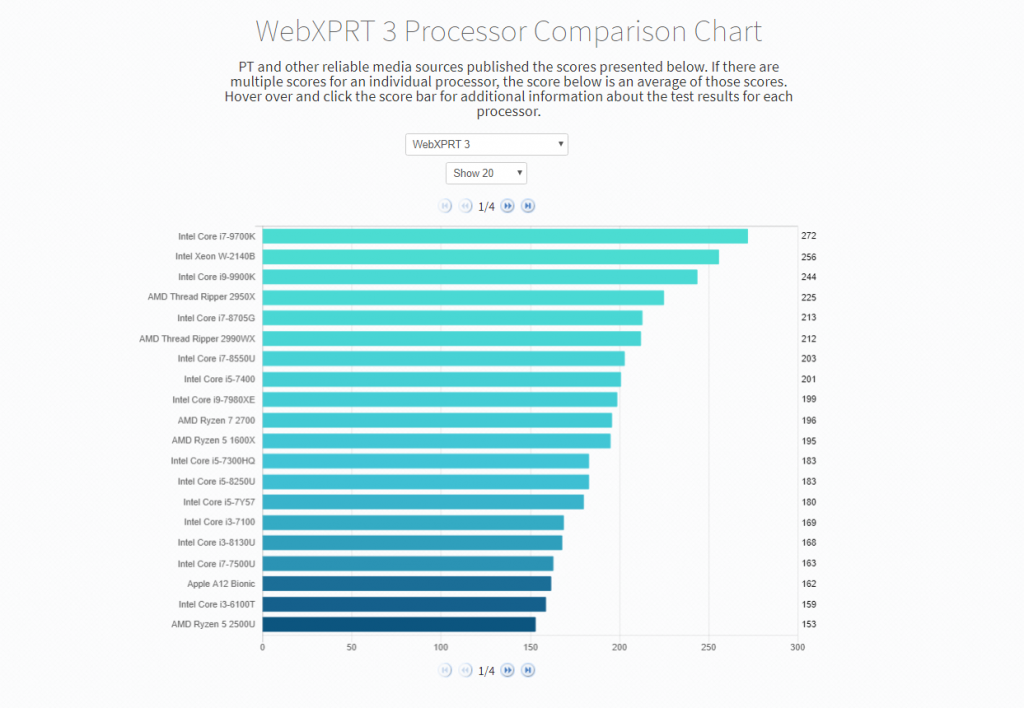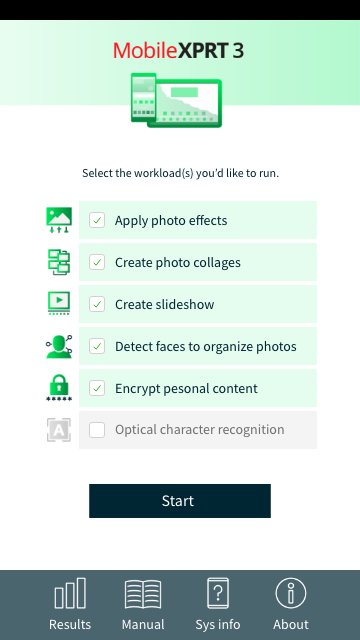Durham, NC, February 25 — Principled Technologies and the BenchmarkXPRT Development Community have released HDXPRT 4, a free benchmark that gives objective information about how well Windows 10 devices handle common media-creation tasks. HDXPRT 4 uses real commercial applications, like Photoshop and MediaEspresso, to perform tasks based on three everyday scenarios: photo editing, video conversion, and music editing. After the test is finished, the tool provides an overall measure by generating a single performance score. Anyone can go to HDXPRT.com to compare existing performance results on a variety of devices, or to download the app for themselves.
“When we started working on HDXPRT 4, we knew we wanted to create a benchmark that accurately reflects the kind of work average consumers do when creating content on their PCs,” said Bill Catchings, co-founder of Principled Technologies, which administers the BenchmarkXPRT Development Community. “HDXPRT delivers clear results that make sense to the wide audience of buyers shopping for new Windows systems.”
HDXPRT is part of the BenchmarkXPRT suite of performance evaluation tools, which includes WebXPRT, MobileXPRT, TouchXPRT, CrXPRT, and BatteryXPRT. The XPRTs help users get the facts before they buy, use, or evaluate tech products such as computers, tablets, and phones.
To learn more about the BenchmarkXPRT Development Community, go to www.BenchmarkXPRT.com.
About Principled Technologies, Inc.
Principled Technologies, Inc. is a leading provider of technology marketing, as well as learning and development services. It administers the BenchmarkXPRT Development Community.
Principled Technologies, Inc. is located in Durham, North Carolina, USA. For more information, please visit www.PrincipledTechnologies.com.
Company Contact
Justin Greene
BenchmarkXPRT Development Community
Principled Technologies, Inc.
1007 Slater Road, Ste. 300
Durham, NC 27704















